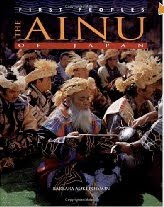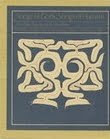
Paper Tigers Blog is the blog branch of Paper Tigers.org, a website about multicultural books in English for young readers, focusing primarily on the Pacific Rim and South Asia. Recently an article on the Ainu oral tradition was posted on the blog, in which credit is given to Project Uepeker for some of the information in the post.
I have been thrilled in recent years to observe the gradual spreading of awareness about the Ainu among ordinary (i.e. non-academic) people with a healthy curiosity about the world we live in and a respect for unfamiliar cultures. Blogs have played a huge role in this spreading awareness, and that's one of the reasons I enjoy discovering new ones and introducing them here. I was particularly delighted to discover Paper Tigers because it shares my own enthusiasm for storytelling traditions and a commitment to support the preservation of such traditions in the form of books for young readers. Paper Tigers was chosen by the American Library Association as one of the "Great Web Sites" for Teachers, Librarians and Parents. Do check them out!



















